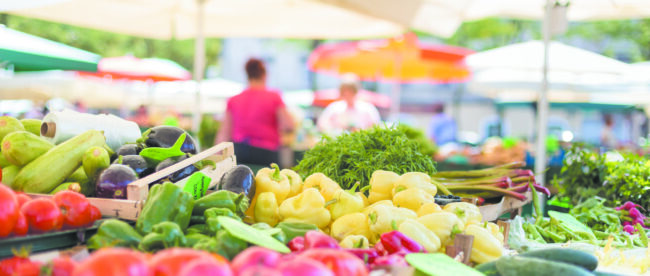Why Food Waste Matters
A look at one of our changemaking clients, Solano County Organic Waste
The science is simple, the consequences are devastating, the solutions are long-term but clear.
Decomposing organic waste in landfills emits greenhouse gases—particularly methane—that are main contributors to global warming. The result is climate change, making our world increasingly hostile: rising temperatures, intensifying drought, more extreme weather events, and a nearly year-round wildfire season.
In California, however, statewide mandates are coming Jan. 1, 2022, requiring a 75% reduction in organic waste disposal and a 20% increase in edible food waste recovery by 2025. The genesis is Senate Bill 1383, signed into law in 2016 and heralded at the time as “a revolution for organic waste.”
One piece of it is organic collection services for all residents and businesses to reduce organics in landfills, helping fight the impact of greenhouse gases and the resulting climate change.
“That’s especially pertinent to Solano County, as it and surrounding counties have seen wildfires and the pollution that came with them,” says Corey Beavers, Management Analyst for the City of Fairfield Public Works Department.
Another piece is redirecting donated excess edible food to the food-insecure, rather than disposing of it in landfills, he says.
Leading that effort are food recovery and hunger relief organizations that collect and distribute excess edible food. The mandates require businesses to participate in edible food recovery programs, which will cut into the 6 million tons of food that is wasted in California each year, Beavers says.
“Feeding America (a nationwide network of food banks) reports that one in seven children in Solano County faces hunger, while the Food Bank of Contra Costa and Solano distributes more than 68.8 million meals each year,” Beavers says.
Reducing greenhouse gases by eliminating organic waste from landfills is also a goal of the mandates.
“Jurisdictions will be required to take organic material to recycling facilities that create biofuel and electricity, and to composting facilities to make soil amendments,” Beavers says.
Not only does this benefit soil, water, and air quality, and reduce greenhouse gases, it also extends the life of landfills. Right now, the estimated organic content of landfills ranges from 40% to more than 60%.
What about the sociological impact of the programs?
“I liken this to when recycling was first introduced. I imagine that was a huge cultural shift, trying to teach the overall population what to do with glass, plastic, and aluminum cans,” he says.
Beavers sees the new model as a matter of teaching people what to do with organic waste, and why.
“Hopefully, these small changes … will lead to positive results for all of us and future generations,” he says.
Read the full publication here.

